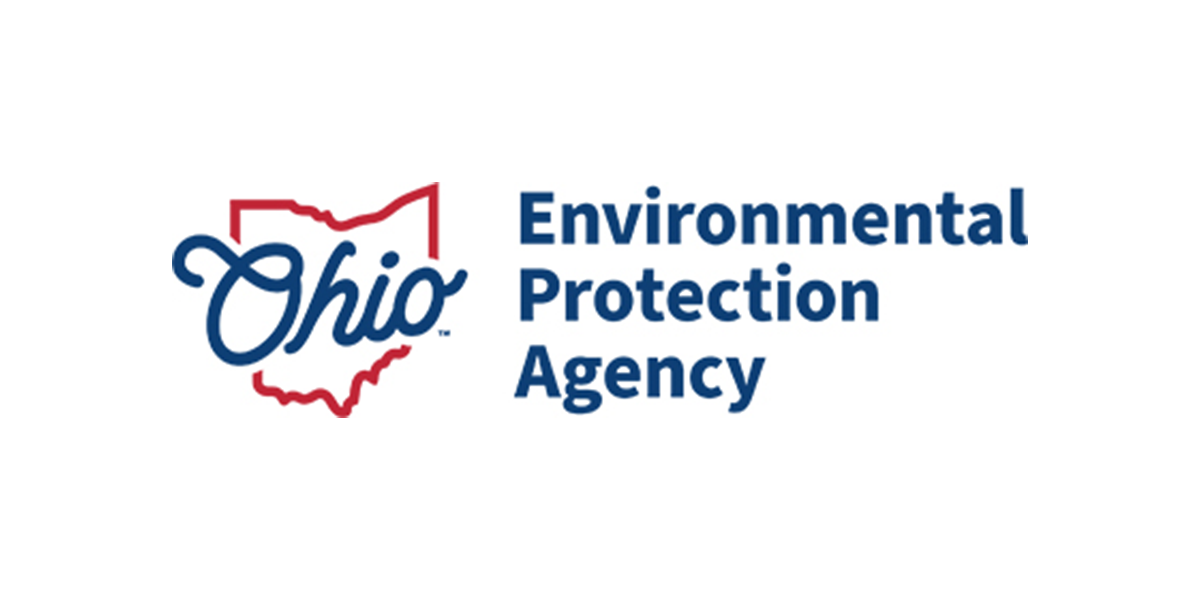The Ohio State University has been awarded the Ohio Environmental Protection Agency’s (EPA) most prestigious recognition, the Encouraging Environmental Excellence (E3) Platinum Achievement Award for 2024.
“This honor reflects Ohio State’s commitment to resource stewardship and efficiency,” said Mary Leciejewski, associate director of environmental sustainability for Facilities Operations and Development (FOD). “It reaffirms our position as a leader in higher education and healthcare sustainability practices.”
Earning platinum status required Ohio State to exhibit exceptional achievements across a range of sustainability metrics.
“Achieving this status required demonstrating initiatives that deliver tangible community benefits and foster long-term positive impacts,” said Aparna Dial, senior director of Facilities Services, Engineering and Sustainability for FOD and the Wexner Medical Center.
Among several other accomplishments is a 37% reduction in carbon emissions in the past decade. The university has also implemented energy conservation measures like transitioning to LED lighting in key facilities like the Wexner Medical Center, FOD, and Student Life buildings.
Campus operations teams collaborate with students, faculty, and staff to promote a culture of sustainability. “In addition to Ohio State’s work to operate more sustainably, the university aims to drive innovation through research and provide students with the tools they need to become workforce leaders,” said Kate Bartter, executive director of the Sustainability Institute.
In addition to carbon reduction, Ohio State has taken other steps to support sustainability, including:
- Landfill waste: The university has achieved a 41% landfill waste diversion rate. Standard signage and bin design have been updated reflecting more recyclable materials to encourage students, faculty and staff to recycle correctly. The university’s Zero Waste team has also expanded the collection of food waste for composting in more than 120 locations across the Columbus campus, including residence halls and academic buildings with kitchenettes. The university also hosts compost drop-off locations on the Columbus campus for faculty, staff and students living off-campus. Sign up for the compost program online.
- Water conservation: The university has improved its water efficiency by 16.2% during the last 10 years, resulting in an annual reduction of 229 million gallons of water usage.
- Ecosystem services: The university achieved a 15% improvement in ecosystem services since 2020. Ohio State’s Sustainable Design and Construction Policy includes an Ecosystem Services Assessment for projects to improve their impact on natural resources. The realignment of Cannon Drive created new greenspace and Olentangy Trail connectivity along the Olentangy River’s east bank. The project established 18 acres of new wetland and river corridor habitat, now named Cannon Drive Park. Through 2024, the university planted more than 1,000 native trees at the park, established low-mow areas and constructed a certified Ohio Department of Natural Resources (ODNR) flood protection levee.
- Transportation: The university achieved a 3.2% decrease in carbon emissions per 1,000 miles driven since 2016. Transportation and Traffic Management’s (TTM) Campus Area Bus Service (CABS) uses 29 Compressed Natural Gas (CNG) buses as part of its total fleet of 47 buses.
- Sustainable Design and Construction Policy:The university’s Sustainable Design and Construction Policy sets targets for buildings across a broad spectrum, ensuring enhanced energy and water efficiency, ecosystem services, waste diversion, and sustainability performance in both new and renovated facilities.
For more information about Ohio State’s sustainability efforts, visit the Facilities Operations and Development and the Sustainability Institute websites.
